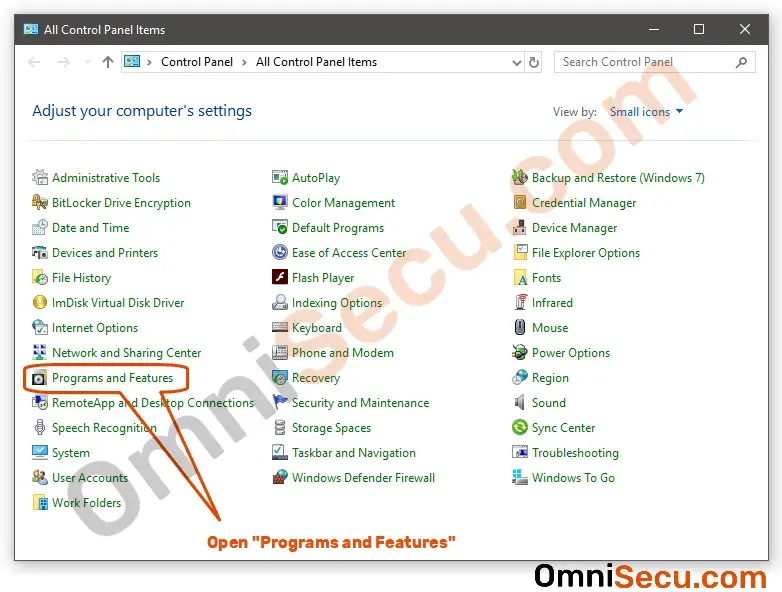

- #Windows tftp client example pdf#
- #Windows tftp client example manual#
- #Windows tftp client example portable#
- #Windows tftp client example Pc#
You should see the manual, a license in a PDF file, a configuration file, and the application executable itself.
#Windows tftp client example portable#
Is TFTP recovery over Ethernet Supported by my Device?Ī simple and free TFTP application is Tftpd64, available here.ĭownload the portable version, and unzip it in a folder. The below article mainly advises on the “ TFTP client at router” recovery. The “ TFTP recovery mode” can also mean that, so look carefully at info about your router to find out which method your router possibly supports.
#Windows tftp client example Pc#
many Netgear routers, have TFTP server on themselves, and the PC needs to act as TFTP client.

#Windows tftp client example manual#
Some devices do not have automatic pull function and they need manual TFTP copy commands in recovery mode to get firmware from TFTP and firmware install. Some devices then will pull the network-provided firmware file over TFTP network protocol to the OpenWrt and hopefully recover with a successful emergency flash process. Then device with the broken firmware has to be started up in TFTP recovery mode. It the boot loader has a built-in “ TFTP recovery mode”, it enables to regain control of a device with a broken firmware partition, by allowing a recovery flash process (which will also reset your configuration to the device defaults).įor many routers the recovery works by starting a TFTP server on your computer. In case of a failed flash process or in case of a misconfiguration, the device's boot loader usually is still untouched and fully working. On most devices, the vendor provided boot loader is a partition separated from the actual firmware. If you keep TFTP-Server running or if you keep the TFTP-client tool available to run anytime, then abusive hackers can abuse/exploit it, to load harmful firmware and/or to change sensitive security settings inside your existing router firmware 1, 2, 3, 4, 5, 6, etc. If your computer is also used as a desktop computer for general purpose or for other purpose than build/compile, then make sure TFTP-client & TFTP-server, both are placed behind a firewall ( frwl) system or rules 1, 2, firewall rules should be: (frwl rule # 1) allow TFTP traffic when connections originated from local LAN ip.address range and also ended into local LAN ip.address range, (frwl rule # 2) TFTP traffic is Not-Allowed when it is from/to 127.0.0.1 or lo, (frwl rule # 3) TFTP traffic is Not-Allowed when originated from Internet-ip-address (aka: NON private- LAN ip-address ranges), And you must also make sure to do this: after your develop / troubleshooting etc work is done or when you pause to goto other work, then make sure the TFTP-server and TFTP-client both are completely disabled in your OS/distro : turn off TFTP-Server service / process, disable TFTP-server startup script file, and move the TFTP-client ( tftp) & the TFTP-server ( tftpd) executable / binary ( bin) files out of all folders mentioned in your PATH variable, into a different folder (which is NOT in the PATH variable), and also move bin files out of the folder which is mentioned in startup-script (if such is used). If necessary, create a separate subnet under a 2nd level router, then work / develop / troubleshoot under that separate subnet with network devices which will handle TFTP client/server protocols. So access to TFTP-client ( tftp) and TFTP-Server ( tftpd) tool/app must be made secure, from (primarily) hackers in internet (and TFTP-Server & Client both must also be kept securely isolated from harmful/ignorant internal users or from hijacked computers, inside your own LAN network). WARNING : TFTP server & client tool (based on TFTP protocol) utilize much lesser (or almost no) security, to make sure low level data transfer can occur easily between network devices (in the hand of user who have network devices & computer in front of him/her).


 0 kommentar(er)
0 kommentar(er)
